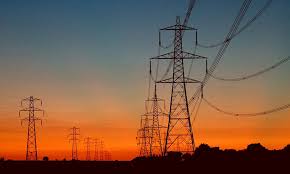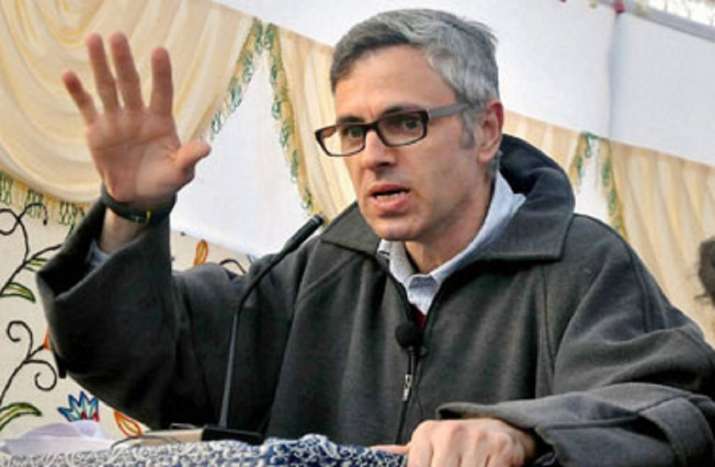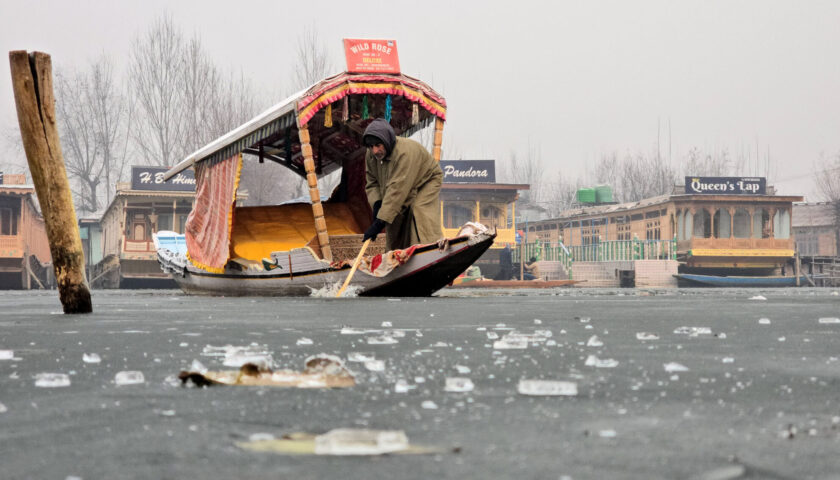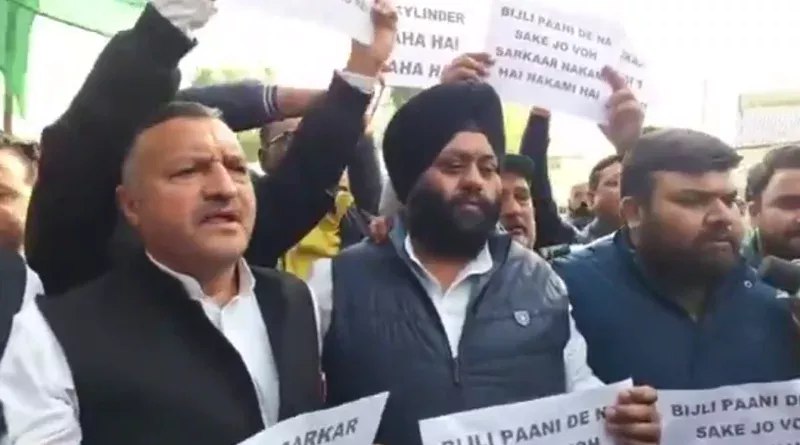Despite availability of funds and New Delhi’s nod, 2 major transmission projects grounded
It appears that a certain section of bureaucracy derives pleasure from restricting Kashmir’s capacity to import power. How?
At current, the peak demand for power in Kashmir Valley is more than 1700 MW. But the existing transmission system has the capacity to import only 1250 MW.
In 2006, under the Prime Minister’s Reconstruction Programme, then Congress-led UPA government in New Delhi approved construction of several grid stations across the state to enhance its transmission and supply capacity.
Two such grid stations in the Valley at Alsteng and Budgam would have increased power handling capacity at 220 kV by additional 450 MW and taken the overall import capacity at 220 kV to 1650 MW from the current 1250 MW, which is sufficient to address the present demand.
Kashmir Post has learnt that PDD’s administrative department appears to be in stupor because there seems to be no reason to delay the completion of two vital infrastructural projects.
“No funds have been released for Alsteng project for the past three years and Budgam project’s situation is no different,” said a power official on the condition of anonymity.
The Alsteng project’s cost has escalated after the need for constructing a concrete retaining wall costing crores of rupees arose.
The Budgam project has been completed and needed some small works on the supply line to take off. The works had been approved by the Central Electricity Authority and additional funds had been allocated by the government of India under the PMRP.
But the PDD’s administrative department has stopped the funding.
Since commissioner/secretary Power Dheeraj Gupta took over, many centrally-funded programmes for development of infrastructure have either been stalled or the entire tendering process has been cancelled on the pretext of fund audit and inquiries, it was learnt.
“Like Alsteng and Budgam projects many centrally-funded projects in Kashmir have been stopped on the pretext of inquiries when even the central authorities have approved the cases. The inquiries seem to be only a ruse to sabotage power infrastructural development in Kashmir,” many power officials told Kashmir Post.
However, Gupta told Kashmir Post that the finance department has been auditing the projects’ funding.
Asked whether it takes three years for auditing of accounts, he said, “I will look into it.”
A PDD official said that power is available in abundance in the market but “where is our capacity to import it?”
The official added that many senior officials have been cautioning the department about a looming power crisis, particularly during winters, but the “authorities concerned are not bothered”.
A source said that during a meeting chaired by Chief Minister Mehbooba Mufti earlier this year, the administrative department had assured the Alsteng grid would be completed by the end of this year. But, the official said, the work did not restart.
The problem has been worsened by the worn-out existing system, which was set up decades ago. It has not been upgraded.
“Some of the centrally-sponsored schemes meant for augmenting the infrastructure have been shelved by the administrative department,” said the official.
The administrative department has also been sitting on the augmentation of about 40 critically-overloaded receiving stations in the Valley and it was only 10 to 15 days ago that the proposal to upgrade them was given a go ahead.
Another senior official said that lack of political will to augment the system was also a concern.
Citing an example, the official said that in 1997 when Kashmir faced a major power crisis, the Zainakote grid was established in only six months.
“The administrative department is not presenting the real picture of the power system and the need to the government. That is the problem,” said the official.
Kashmir registers about 15 percent annual increase in power demand.
There has been no rainfall for the past three months in the Valley and water level in rivers has drastically reduced the local generation to less than 30 MW from Lower Jhelum and Upper Sindh projects.




